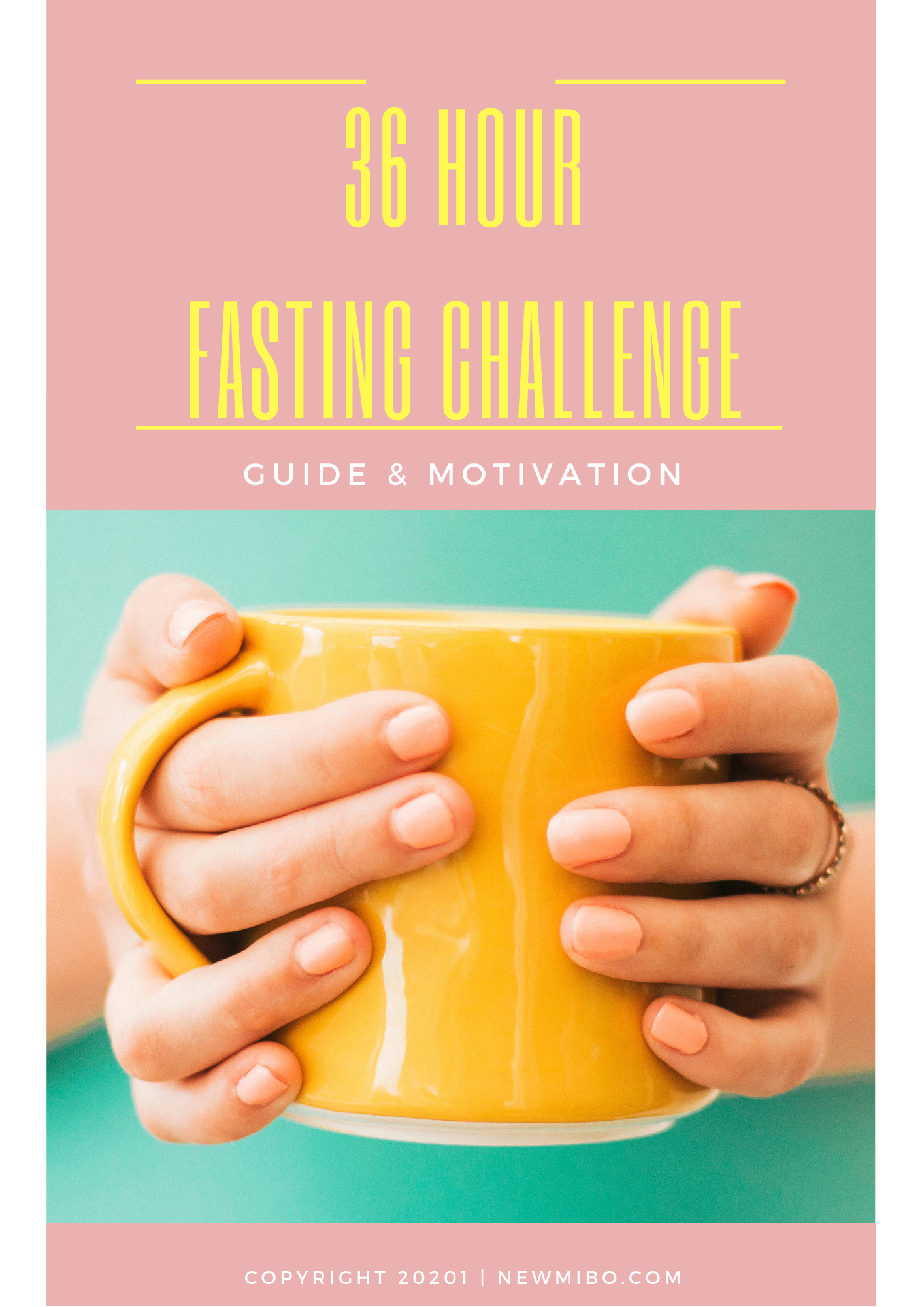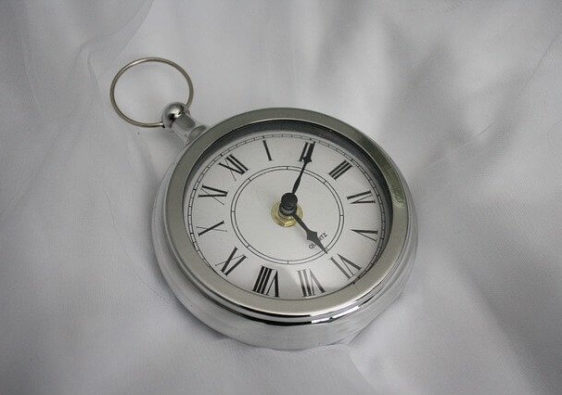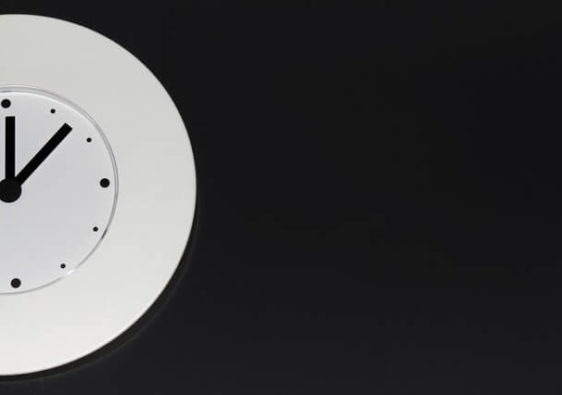WHAT IS 20:4
20 refers to the number of hours you fast per day
4 refers to the number of hours you eat per day
20hours + 4hours = 24 hours
…
an intermediate method for experienced “fasters”|not recommended for beginners
based on the WARRIOR DIET by Ori Hofmekler
WHY 20:4
20 hours of fasting
1. for greater FAT ADAPTABILITY, your body starts accessing and utilising stored body fat for energy aka burning fat
2. may improve blood sugar as demonstrated in this study
3. may decrease inflammation, which is the cause of many diseases, as demonstrated in this study conducted during the month of Ramadan
4. should help you gain control over mindless snacking and emotional eating
STUDY
This study compared meal frequency and its effects on body weight in normal weight human subjects.
Participants were divided into 2 groups;
1 group ate 3 meals per day
the 2nd group ate 1 meal per day
Both groups consumed the same amount of calories. The only difference was their meal frequency, i.e. how many times per day they ate.
The results shown, that reduction in meal frequency caused reduction in fat mass. Basically, shortening your eating window without reducing your calories, will help you lose more fat, according to these results.
To be fair, the study also showed a significant increase of hunger in the participants who ate only once per day.
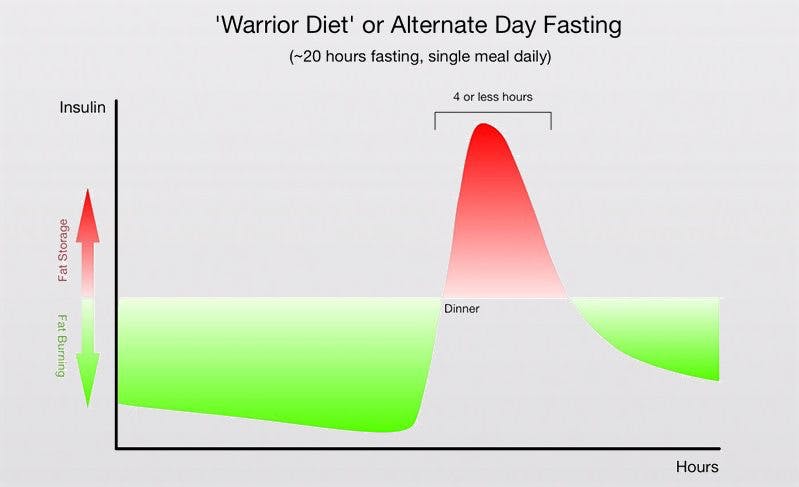
20:4 RULES
FASTING WINDOW
- you will have to fast for 20 continuous hours in one day
- your fast starts after you had the last bite of your last meal
- remember the time you sleep at night counts as fasting
- keep yourself hydrated; drink water (still, sparkling mineral)
- you can drink unsweetened zero calorie beverages, tea, black coffee, lemon infused water, acv
- having a snack, piece of fruit, cappuccino, Frappuccino, few nuts is not fasting
EATING WINDOW
- your 4 hour eating window starts with your first bite
- ease yourself into eating with something light
- follow with a main meal and perhaps a snack just before your eating window ends
- you do not have to count calories or weigh your food
- eat until comfortably full, do not stuff yourself
- do not compensate for skipped meals
- do not binge, it defeats the object of fasting and will cause you more damage than good
HOW OFTEN
- you can include one or two 20:4 days in your week, preferably one after another for maximum benefits
- you can combine this method with another method of IF; for example do the 16:8 method three times per week and set one day when you do the 20:4 method
- it works best if you set the day in advance and stick to the same day and hours each week
- doing less doesn’t mean you had failed, keep notes of your progress and accept that each fast is going to be different
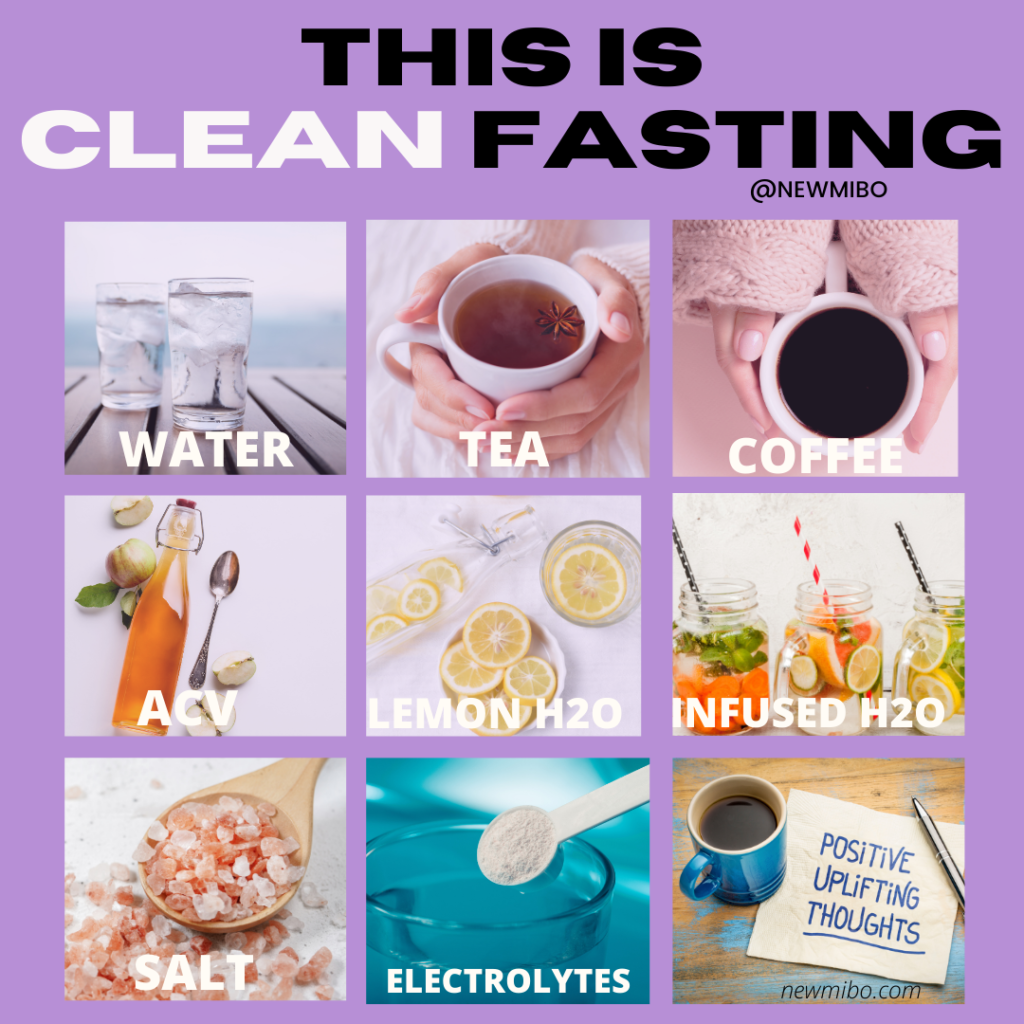
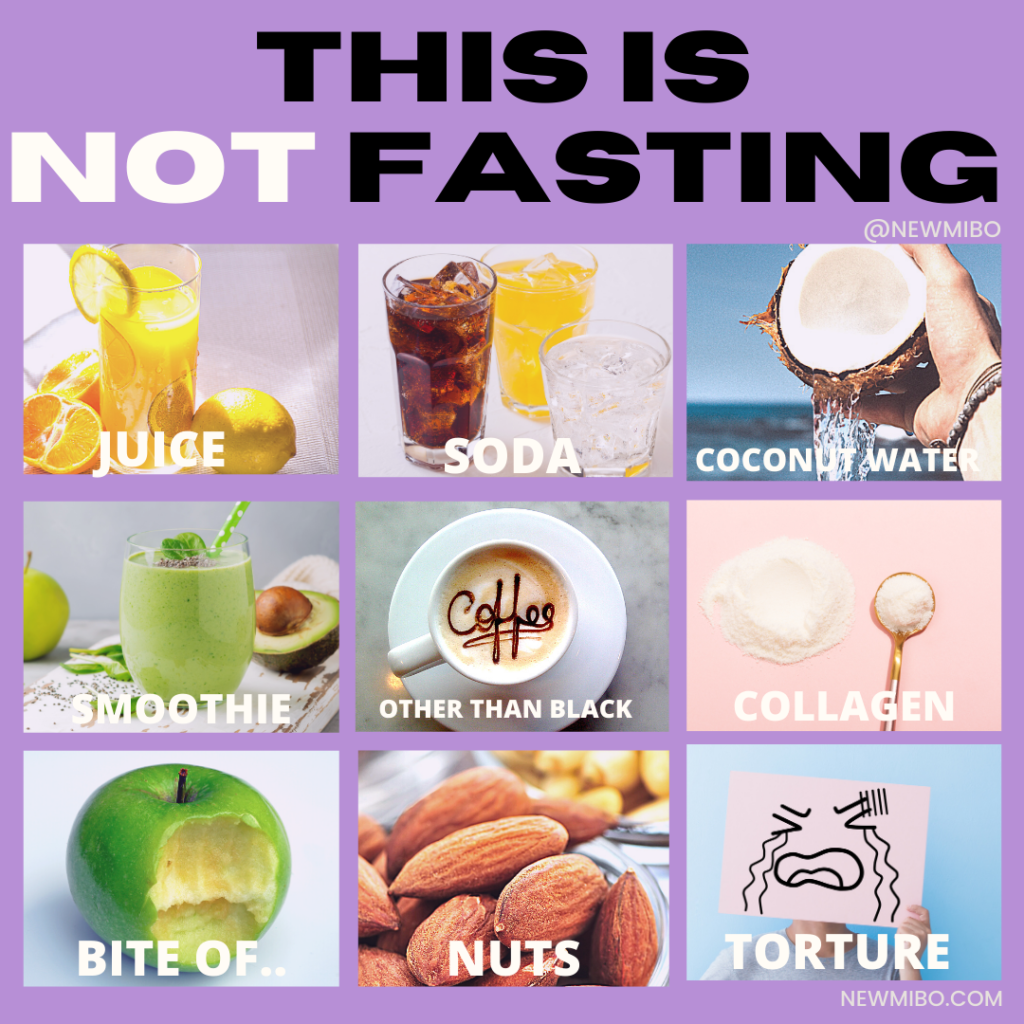
night owl
early bird
- if you can’t sleep on an empty stomach set your 4hr window around dinner time
- this can be anytime that suits you for example, between 16.00 -20.00
- You can only eat within your set eating window
- this set up still allows you to enjoy a family dinner or going out to eat in the evenings if that’s your lifestyle, without guilt
- if you don’t mind sleeping on an empty stomach set your 4 hr eating window earlier in a day
- this can be either set around breakfast time or lunch time
- example: eat between 8.00-12noon then fast until the next day or eat between 13.00 – 17.00 hrs then fast until the next day
- you can have large breakfast with a snack afterwards or a larger lunch with a snack later on as long as you eat all your meals within the selected 4 hours of eating
MY EXPERIENCE
Here, I will only mention my experience with the 20:4 protocol.
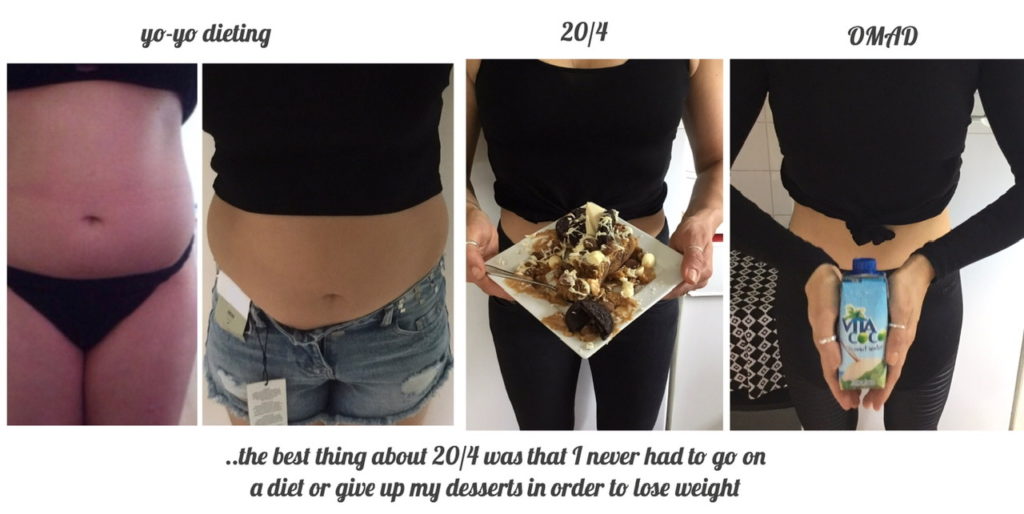
MY RULES
EATING 4 hours
- I started with 2 days per week doing the 20:4 method
- I always maintained the same two days in order to build a habit and a routine
- I planned my 4 hour eating window between
- 18.00-22.00hrs
- I would end my fast with something light and hydrating such as a piece of fruit
- followed by a main meal
- and I ended my 4hour eating window with a dessert such as ice cream or pudding of some kind
- I didn’t restrict what I was eating at all
- I ate high carb at the time and also included junk food such as burgers, pizza, ice cream on some days (just being honest)
- I was weary not to eat too much, not to binge or end up stuffing myself, this took some practice and willpower at the beginning
FASTING 20 hours
- I decided to fast throughout the day and save my eating window for the evening
- I started my day with a black coffee
- during the day I would drink water, although at the beginning I drank zero calorie flavoured carbonated water/drinks to help with hunger
- I would have a second coffee later in the afternoon and then wait for my eating window
- I kept busy during the day
- Often times I would go for a long walk prior to breaking my fast just to stay out of the kitchen to avoid temptation
- it was very challenging at the beginning but became a routine after a few weeks and it is now a normal part of my lifestyle
- 4 yrs of experimenting with various fasting methods, I still follow mainly 20:4 daily
MY RESULTS
- Weight loss was very quick and very noticeable despite not making any dietary changes
- fasting during the day had completely eliminated bloating which I had always suffered from
- I became more energetic, focused and productive during the day the more I practiced
- I felt completely satisfied eating only 4 hours per day
- I found it much easier to restrict time than to restrict portions or selection of food
- I enjoyed eating at night, as I find it difficult sleeping on an empty stomach (night owl)
- It certainly took some practice and will power at the beginning but the results were so encouraging
- by far my FAVOURITE intermittent fasting method
WHO SHOULD NOT FAST
Please be sensible and do not fast if you are experiencing extreme discomfort or unpleasant continuous symptoms. If you notice that prolonged fasting makes you want to binge uncontrollably or if you are obsessing about food, this method is not for you. It is not for people suffering from eating disorders or those who are underweight. If you have any medical conditions or in general, please consult with a medical practitioner.
REFERENCES:
Aksungar FB, Topkaya AE, Akyildiz M. Interleukin-6, C-reactive protein and biochemical parameters during prolonged intermittent fasting. Ann Nutr Metab. 2007;51(1):88-95. doi: 10.1159/000100954. Epub 2007 Mar 19. PMID: 17374948.
Arnason TG, Bowen MW, Mansell KD. Effects of intermittent fasting on health markers in those with type 2 diabetes: A pilot study. World J Diabetes. 2017;8(4):154-164. doi:10.4239/wjd.v8.i4.154
Stote KS, Baer DJ, Spears K, et al. A controlled trial of reduced meal frequency without caloric restriction in healthy, normal-weight, middle-aged adults. Am J Clin Nutr. 2007;85(4):981-988. doi:10.1093/ajcn/85.4.98
The Complete Guide to Fasting, 2016, Dr. Jason Fung with Jimmy Moore
